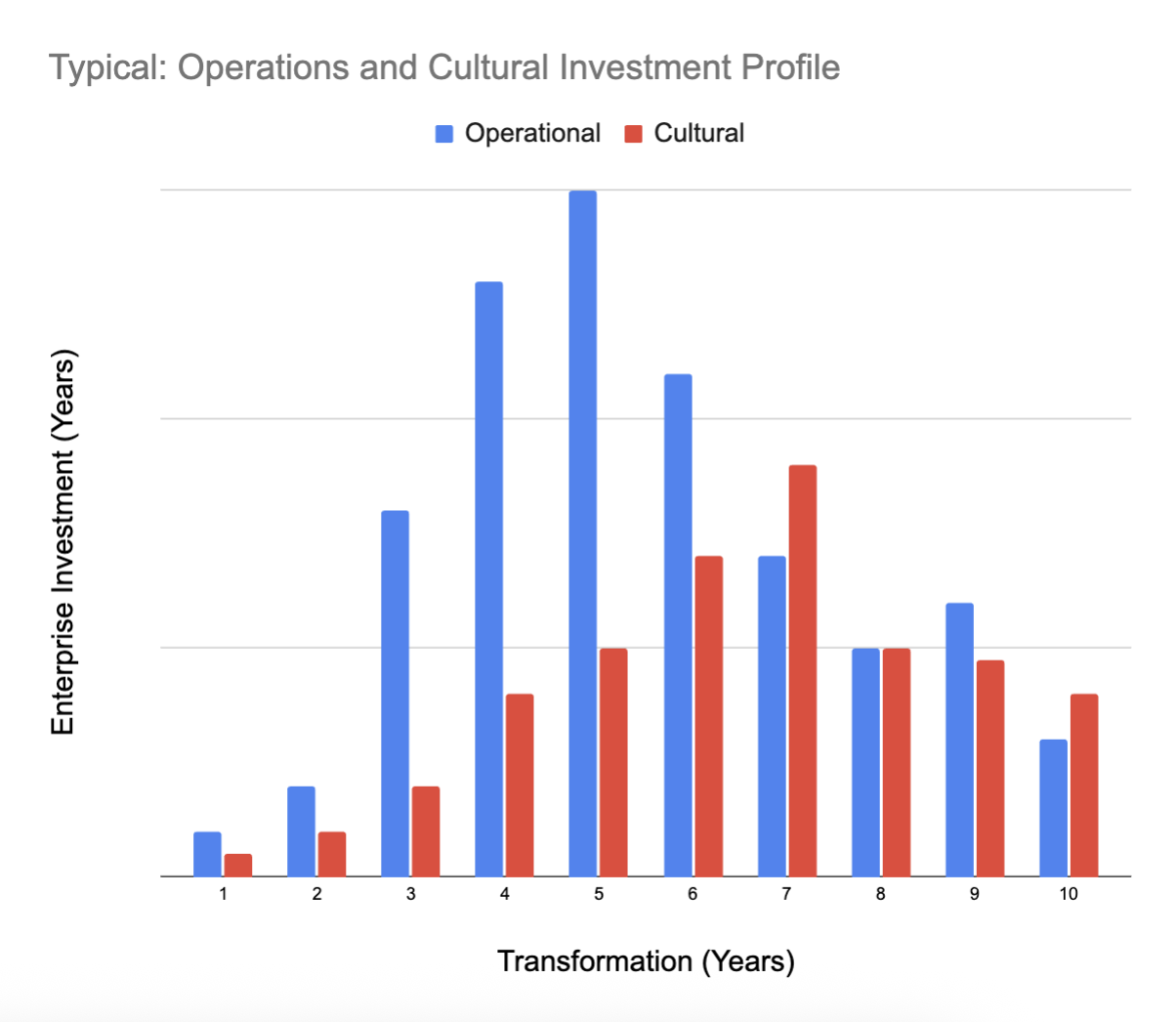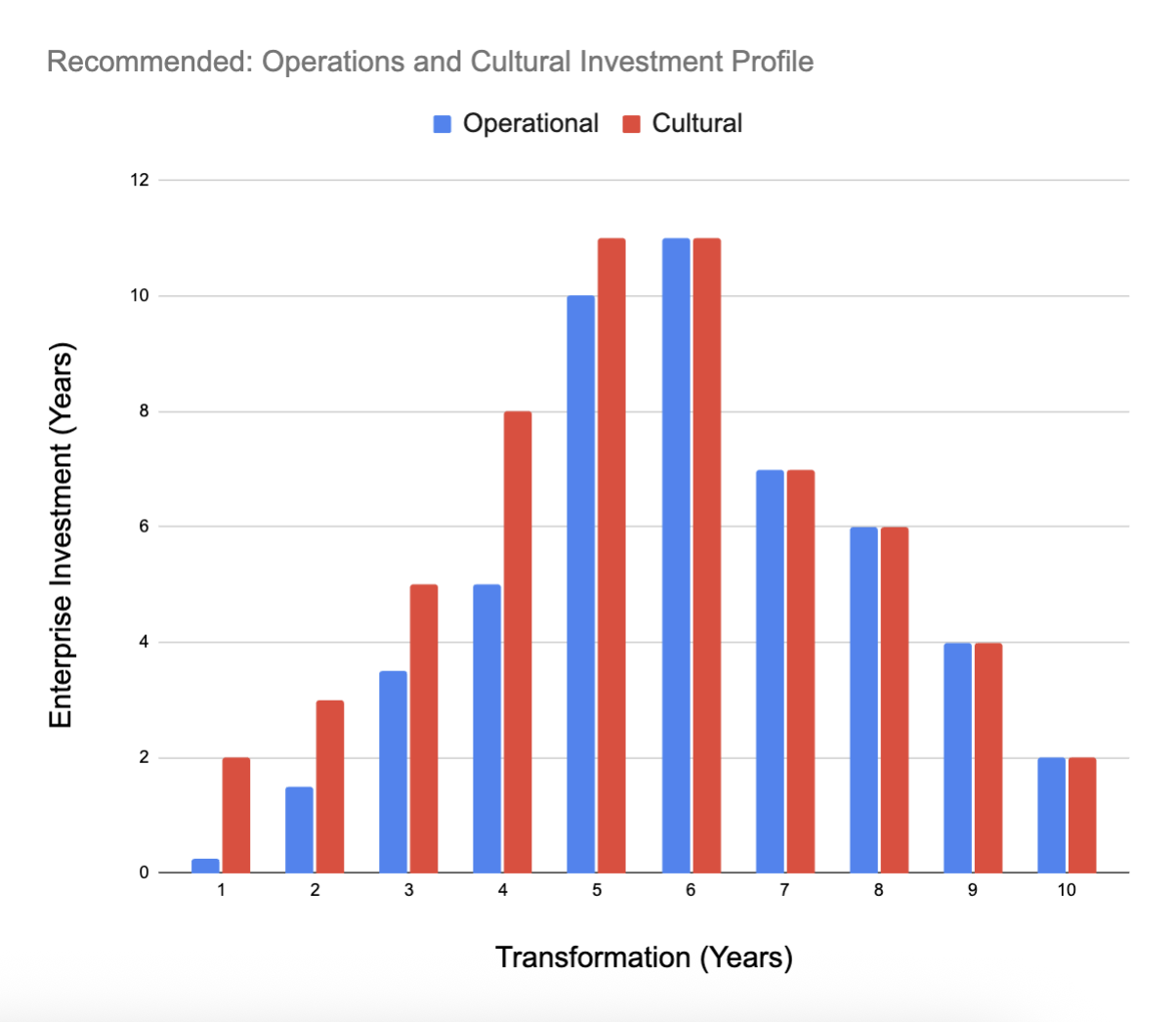Impact of Generative AI on Enterprise Agility Coaching & Consulting
Dealing with the opportunities and threats of Generative AI in the world of enterprise agility coaching and consulting
World Economic Forum
In response to the World Economic Forum (WEF) predicting as much as 60% of roles in the West will be impacted by Generative AI - we attempted to to find the answer to the following question: “what competencies must Agile coaches and consultants develop to remain valuable to the organisation?” To answer this question, we first had to identify, which of their current roles and responsibility are susceptible to the threat of Generative AI?
Current Agile Coaching & Consulting Practices
Agile coaches and consultants cover a wide range of operational and cultural topics during and following an Agility Transformation.
In attempting to answer the question posed earlier, we carried out a review of the leading Agile industry consortiums, communities and alliances, (including, Scrum Alliance, Agile Business Consortium, ICAgile and Scaled Agile) recommended job descriptions and their associated roles and responsibilities.
20 core topics were identified. These are listed opposite.
All third party copyrights are acknowledged.
1. Mindset
2. Periodic Training
3. Maturity Assessment
4. Methodology Adoption
5. Best Practices
6. Customer Centricity
7. Stakeholder Management
8. Requirements Management
9. Ceremony Management
10. Leadership Engagement
11. Cross Collaboration
12. Continuous Improvement
13. Metrics & KPIs
14. Leadership
15. Tools & Technologies
16. Governance
17. Interventions
18. Empowerment
19. Scaling
20. Change Management
Categorising Agile Coaching and Consulting Practices
As studied the 20 roles and responsibilities closely for Agile coaches and consultants we realised they fell into two distinct areas:
Operations (methods & practices) - Red
Cultural (leadership, behavioral & facilitation) - Blue
Our next step, involved mapping them against two major conditions:
Value to the organisation (x axis)
Immediate threat of Generative AI (y axis)
As the infographic opposite reveals, the majority of the roles and responsibilities, which we considered to be Operational (methods & practices) in nature, are currently highly prone to Generative AI substitution; whilst those of a Cultural (leadership, behavioral & facilitation) nature, occupy the bottom right corner of the chart (are less under-threat). However, before drawing any concrete conclusions and jumping to a number of recommendations, we wanted to understand “Why are such cultural coaching practices different?”
An uneven distribution of transformational topics
At best an enterprise agility transformations is a 10 year initiative. Any organisation that doesn’t accept this, and chooses to curtail their transformations timeline, i.e. 3 to 5 years will eventually discover:
as a consequence of under investing in the necessary Cultural changes, the mindset and overall cultural changes they desire will not be sustained. In other words, the DNA of the organisation will not have shifted enough to ensure permanent change.
The Operational changes, (i.e. ways of working), that were adopted will have typically faced less resistance to change. This in turn, gives a false impression of the ease of adoption and the true status of their enterprise agility capabilities.
Creating a permanent DNA change to the enterprise requires an extensive cultural coaching and consulting investment. A shortfall in the cultural activities may lead to:
a stalled transformation as it meets greater resistance as the organisational change activities scale-out from the centre, which is occupied by ambassadors, keen change agents and supporters.
As the chart opposite suggests, to address these potential issues, we argue enterprises must prioritise cultural change ahead of operations. Then, as the transformation reaches it maximum reach during years 4 to 6, investment becomes evenly distributed.
Findings and Recommendations
Having established the capabilities of some Generative AI solutions (demonstrating how to produce high quality user story writing, create query and disclose performance data, and their associated performance improvement advice) are already diluting the perceived value of their coaches and consultants.
The coaching and consulting community needs to take active now. It’s our view that they should embrace Generative AI. Choosing to become experts in its operation and application. Enabling them to serve a much broader employee base with support and insight.
The coaching and consulting community MUST develop competencies in the following Cultural (Leadership, behavioral and Facilitation) topics:
Ethical Generative AI investment requires the formation of dedicated committees that hold responsibility for ensuring the organisation, its initiatives and the solutions it creates keep a-breadth of regional and international Generation AI mandates and policies.
How quickly must the organisation act?
Before jumping to any final conclusion and attempting to answer the original question, we also wanted to understand whether there was any measure of urgency, i.e. the speed at which organisations need to act in response to our findings and the current pace of Generative AI capability.
We found a number of suitable answers in the work of Joseph Schumpeter. In particular, relating to his theory titled: Creative destruction. His core concept demonstrates new innovations displace older ones, leading to both progress and disruption. The S-curve illustrates the growth pattern of an innovation, starting slow, accelerating, and then levelling off as it matures. We believe it’s fair to conclude that the industry has already seeing displacement in the operational space. And, unless there’s some unforeseen external disrupter, the current rapid development of Generative AI within the sector will quickly move through the transition window. Therefore, our findings and subsequent recommendations require rapid adoption.
Provide guideance on the formation and operation of the necessary governance and compliance structures, that are designed to identify and eradicate bias and hallucinations, ensure transparency and maintain privacy.
Enhanced cultural, behavioral and facilitation competence, where the coach and consultant is brokering a viable path through the discrepancies, potential conflicts and challenges that are certain to arise as organisation realises that Generative AI is being seen by many within the organisation as the single source of truth.





